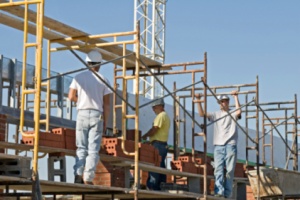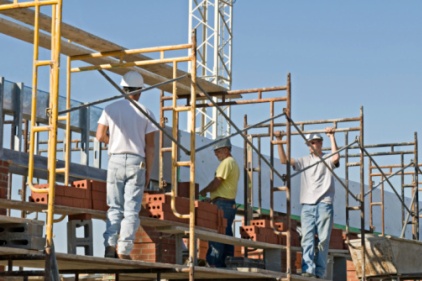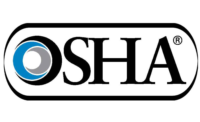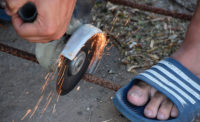 It’s no secret that when workers and management value safety, there tend to be fewer hazardous work practices on the jobsite.
It’s no secret that when workers and management value safety, there tend to be fewer hazardous work practices on the jobsite.
But are safety managers doing all they can to make that happen?
“If a superintendent starts with a safety talk in the morning, but focuses only on production the rest of the day, foremen and workers may start to think cutting corners on safety to get the job done is OK,” says Pete Stafford, Executive Director of the Center for Construction Research and Training (CPWR). “A good safety climate requires integrating safety concerns into every aspect of a firm's operations.”
Assessment, ideas
Stafford said that is why CPWR has published a new workbook, Strengthening Jobsite Safety Climate. Each worksheet contains a quick self-assessment for leading indicators of safety climate. This is followed by a list of ideas that owners, contractors, safety directors and supervisory staff can implement to evaluate and improve their safety climate. The ideas range from including safety in company mission statements and holding daily huddles to using suggestion boxes on the jobsite and implementing near-miss reporting systems.
Using results
Stafford said the early reviews from contractors have been outstanding.
"These worksheets are a great, easy-to-use audit of your safety program," says Paul A. Amedee, CSP, Vice President of EHS at Safway Group, the national scaffold and access powerhouse. "I've assigned all my EHS professionals in the U.S. and Canada to evaluate our safety climate using the workbook - identifying which best practices we already use in our organization, and which we don't. We are going to use the results in a gap analysis to look for ways to enhance our efforts."
Strengthening Jobsite Safety Climate is available for download on the CPWR website, and print editions are available while supplies last by contacting news@cpwr.com.



